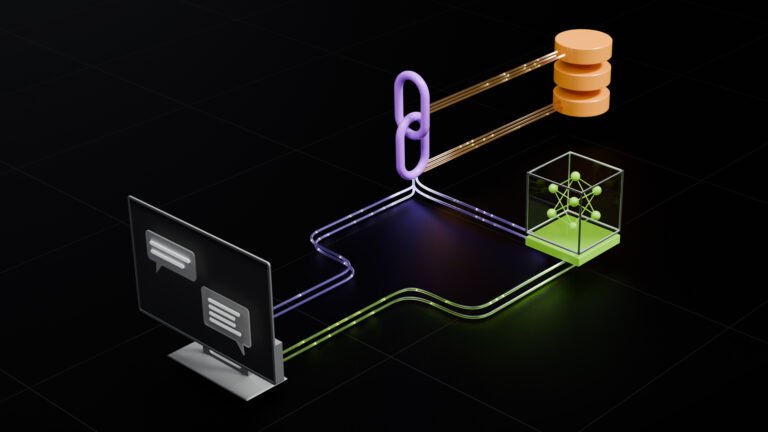AI factories are producing intelligence at unprecedented scale, showing massive potential to fuel economic growth and innovation. But to tap that intelligence, countries need secure, sovereign AI infrastructure. As trusted providers of critical connectivity infrastructure, forming the backbone of the modern digital world, telecommunications providers are uniquely positioned to deliver AI services due to their
Read Article
Category: Misc
 As quantum computers scale, they will integrate with AI supercomputers to tackle some of the world’s most challenging problems. These accelerated quantum…
As quantum computers scale, they will integrate with AI supercomputers to tackle some of the world’s most challenging problems. These accelerated quantum…
As quantum computers scale, they will integrate with AI supercomputers to tackle some of the world’s most challenging problems. These accelerated quantum supercomputers will run applications leveraging the capabilities of CPUs, GPUs, and QPUs. With the NVIDIA CUDA-Q platform, users can easily perform research and develop applications that can seamlessly run on accelerated quantum…
Cisco and NVIDIA are helping set a new standard for secure, scalable and high-performance enterprise AI. Announced today at the Cisco Live conference in San Diego, the Cisco AI Defense and Hypershield security solutions tap into NVIDIA AI to deliver comprehensive visibility, validation and runtime protection across entire AI workflows. This builds on the Cisco
Read Article
With a more detailed simulation of the Earth’s climate, scientists and researchers can better predict and mitigate the effects of climate change. NVIDIA’s bringing more clarity to this work with cBottle — short for Climate in a Bottle — the world’s first generative AI foundation model designed to simulate global climate at kilometer resolution. Part
Read Article
Germany’s Leibniz Supercomputing Centre, LRZ, is gaining a new supercomputer that delivers roughly 30x more computing power compared with SuperMUC-NG, the current LRZ high-performance computer. It’s called Blue Lion. And it will run on the NVIDIA Vera Rubin architecture. That’s new. Until now, LRZ — part of the Gauss Centre for Supercomputing, Germany’s leading HPC
Read Article
NVIDIA Powers Europe’s Fastest Supercomputer
NVIDIA today announced that the JUPITER supercomputer, powered by the NVIDIA Grace Hopper™ platform, is the fastest in Europe — delivering a more than 2x speedup for high-performance computing and AI workloads compared with the next-fastest system.
 Modern high-performance computing (HPC) is enabling more than just quick calculations — it’s powering AI systems that are unlocking scientific…
Modern high-performance computing (HPC) is enabling more than just quick calculations — it’s powering AI systems that are unlocking scientific…
Modern high-performance computing (HPC) is enabling more than just quick calculations — it’s powering AI systems that are unlocking scientific breakthroughs. HPC has gone through many iterations, each sparked by a creative repurposing of technologies. For example, early supercomputers used off-the-shelf components. Researchers later built powerful clusters from personal computers and even…
 Model compression techniques have been extensively explored to reduce the computational resource demands of serving large language models (LLMs) or other…
Model compression techniques have been extensively explored to reduce the computational resource demands of serving large language models (LLMs) or other…
Model compression techniques have been extensively explored to reduce the computational resource demands of serving large language models (LLMs) or other large-size neural networks. However, most existing methods either incur significant accuracy degradation compared to uncompressed models or have long training times. Also, their adaptability is often constrained by a limited range of…
AI isn’t waiting. And this week, neither is Europe. At London’s Olympia, under a ceiling of steel beams and enveloped by the thrum of startup pitches, it didn’t feel like the start of a conference — it felt like the start of something bigger. NVIDIA founder and CEO Jensen Huang joined U.K. Prime Minister Sir
Read Article
U.K. Prime Minister Keir Starmer’s ambition for Britain to be an “AI maker, not an AI taker,” is becoming a reality at London Tech Week. With NVIDIA’s support, the U.K. is building sovereign compute infrastructure, investing in cutting-edge research and skills, and fostering AI leadership across sectors. As London Tech Week kicks off today, NVIDIA
Read Article
